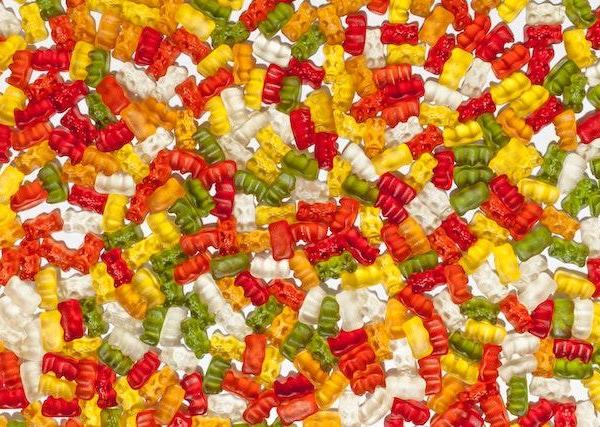
What is plaque?
Plaque builds up on teeth as a sticky film. In addition to harboring bacteria, this film can contribute to gum disease and tooth decay. Your teeth can wear away due to acid produced by bacteria in plaque. As a result, you will be at greater risk of losing your teeth or developing gum disease. Maintaining good dental hygiene can help you avoid these severe complications. Plaque can become hard yellow-brown tartar if good dental hygiene is not practiced.Plaque removal: How do you do it?
Plaque deposits on your teeth can have severe consequences if not removed. Plaque build-up can be removed via the same methods your dentist uses in his bi-annual dental exams if it gets out of control:1. Using an electric toothbrush
Plaque can be removed more effectively with an electric toothbrush. You can brush your teeth with either a regular toothbrush or an electric toothbrush to remove plaque between your teeth. Using an electric toothbrush for this task is more efficient than a regular one. With most electric toothbrushes, you can also set a timer to ensure that you brush for the minimum necessary time, reducing plaque build-up on your teeth. Set a 2-minute timer on your phone if you use a manual toothbrush.2. Using mouthwash
You can reduce the amount of plaque your teeth accumulate by using mouthwash and freshening your breath. The mouthwashes available for fighting plaque range from ones that kill germs (antibacterial) to ones that eat away fats and proteins on teeth and gum lines (enzymes).3. Daily flossing
To use dental floss, run it about four inches into your mouth from one end of your gum line to the other. It is essential to use some pressure until you feel resistance so that you may remove as much plaque as possible.Home Remedies for Removing Plaque and Tartar
Plaque can be kept at bay by practicing good oral hygiene, but tartar may be harder to remove. As tartar is a hardened plaque, it cannot be removed by a toothbrush. It is common for dentists and dental hygienists to utilize a variety of dental tools in their offices to remove hard plaque.1. The baking soda brushing method
Baking soda toothpaste may be more effective than traditional toothpaste at reducing plaque in the mouth, according to a 2017 review. According to an independent review published in the same journal in 2017, toothpaste containing baking soda is unlikely to damage tooth enamel due to its low level of abrasiveness. Additionally, baking soda prevents tooth enamel from demineralizing, a chemical process that removes calcium.The carbohydrate content of food can drastically lower the pH level in the mouth, resulting in an environment that is acidic and demineralizing to the teeth. Using the pH scale, scientists measure a substance's acidity. As the pH decreases, a substance becomes more acidic. Enamel pH is recommended to stay within the range of 5.1-5.5. If pH falls below this range, demineralization occurs. Due to its high pH, baking soda prevents enamel loss by reducing demineralization.
2. Coconut oil is good for oil pulling
It is believed that oil pulling improves oral health by removing bacteria from the mouth. This method also helps in strengthening teeth and soothing sore gums. Despite this, the American Dental Association does not recommend this method of removing plaque and tartar. Its efficiency is unclear due to the lack of reliable studies. To maintain good oral health, the ADA recommends brushing twice a day with fluoride toothpaste and flossing once a day.Though, oil pulling is unlikely to cause harm when combined with other ADA-recommended practices.



